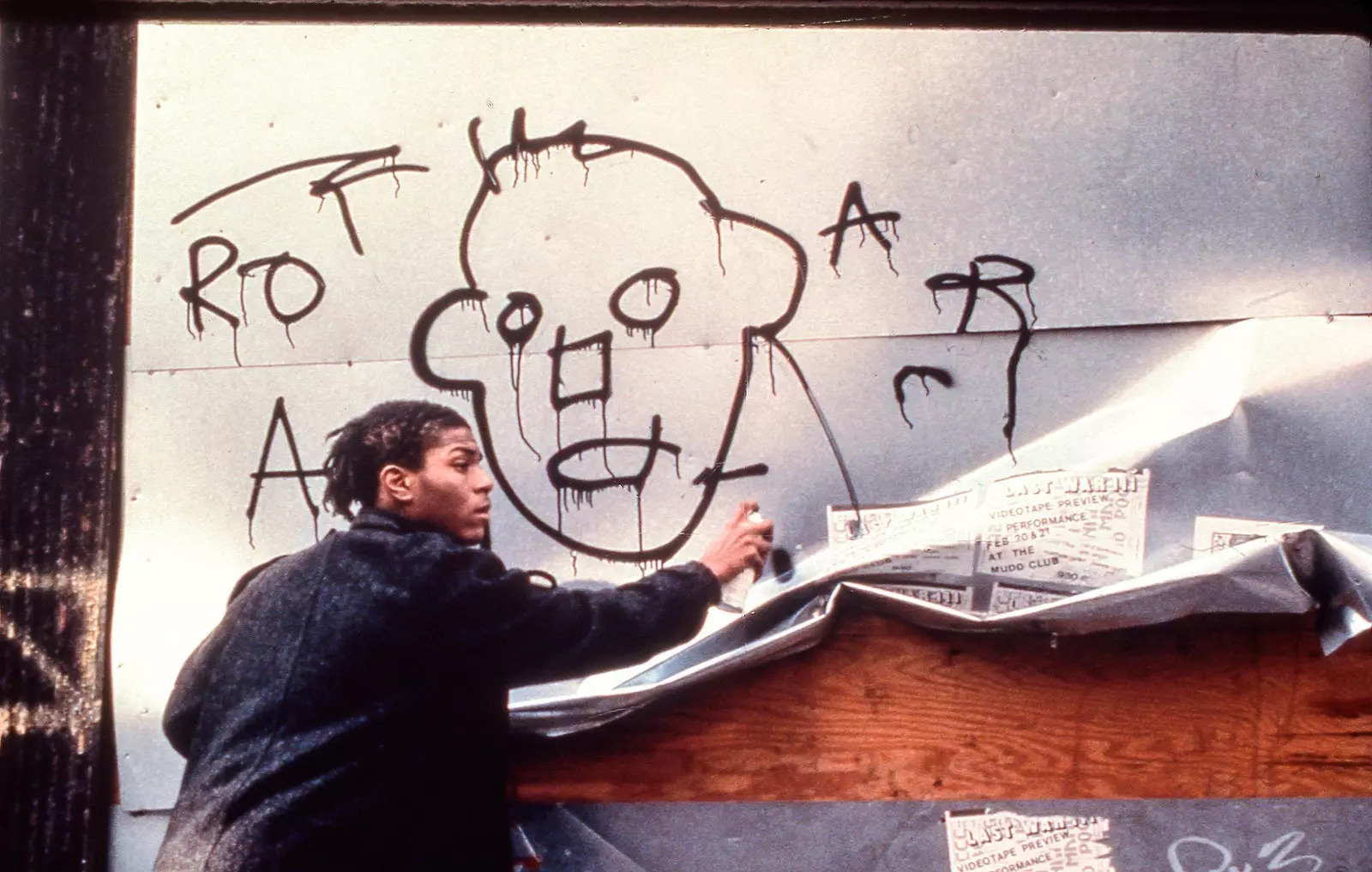
What we learn about racial conflict from the Dutch masters to Basquiat's self-portraits
"I am not a black artist, I am an artist," said Jean-Michel Basquiat , perhaps precisely the best-known black artist today. Since Basquiat was not much of a theorist, he never clarified the scope and real intentions of his statement. However, there were those who reappropriated it to add that "art is art" , and that is what matters regardless of who does it.
Indeed, art is art and artists are artists as love is love . But, following the path of tautology, black is also black, and therefore a black artist will not cease to be black during the exercise of his artistic practice. And if we agree that art is, in its different manifestations, one of the most effective ways that we humans have given ourselves to express our individual and collective essence, there will also be a black art . That is not the same as an art where blacks appear.
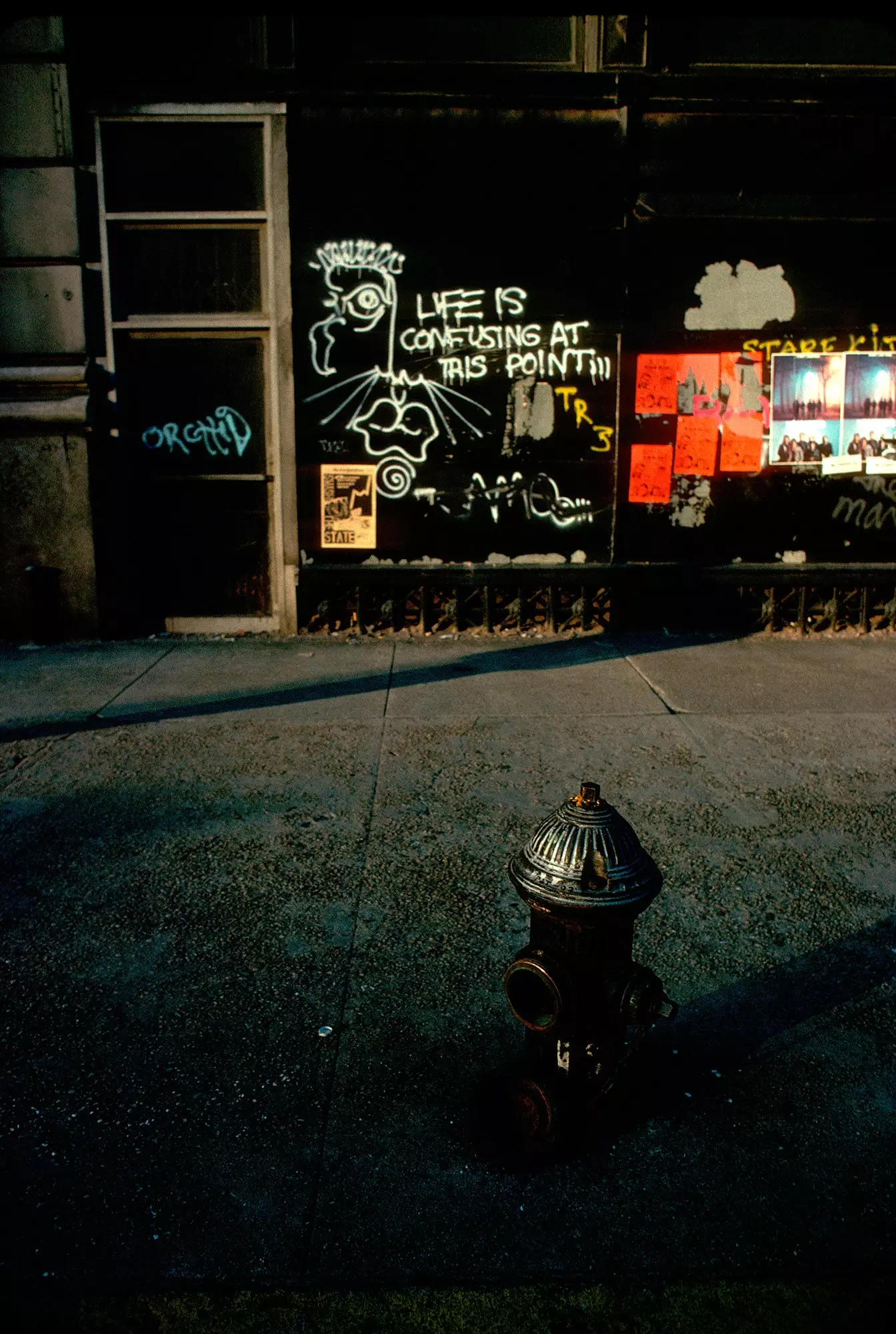
Samo (Jean Michel Basquiat) graffiti in NYC (1979)
All artistic work is the consequence of a certain vision of the world, and that is why we say that art reflects the society of each moment . But this road has lanes in both directions, and that is why art also contributes to shaping the way we see the world, ourselves and what surrounds us. For example, 'The Young Ladies of Avignon' (1907) by Picasso it would have been unthinkable just a decade earlier (the proof is that hardly anyone understood it back in the day), but from the moment it was exposed to the public, the seed of an idea was sown . The one that art did not necessarily have to look for a beauty understood as the product of a certain canon or that, even, there are forms of beauty that appear to us under a first impression of ugliness . And this was a change that went beyond the art that followed.
That picture, by the way, was the consequence of many things, but one of them was the fascination generated in Picasso by the discovery of African art . It is said that, a year before, Matisse had shown him a small Congolese wood carving in Gertrude Stein's house , and that from this finding came the apparent disproportions in the features of his demoiselles, and perhaps all cubism . On the other hand, one of the painters most admired by Picasso, "the customs officer" Rousseau , was dedicated to capture African bush themes with its mysterious human inhabitants without ever having seen it with their own eyes: in fact, he never left France . He was, then, a white artist painting a blackness that did not exist beyond his head.
Because, until not so long ago, in art black individuals could be considered an object to achieve greater or less prominence, but never the subject, that is, the artist . For centuries they have almost always assumed the secondary role of a servant or a slave (the only ones that society reserved for them), although some of the best Dutch painters of the 17th century, including Rembrandt or Gerrit Dou , they did take them to the forefront as portraits. At that time Holland was, by the way, an active agent in the international African slave trade, even though slavery was not legal within the country.
Thereafter and for a long time, the european painters continued to use mostly black models to represent servants (the servant in the background of the Manet's Olympia ) or marginal ( the scoundrels of the London slums according to Hogarth ), or according to an ethnographic or anthropological treatment, to lead to Orientalism which became fashionable in the 19th century.
There were, however, some exceptions: in 1770 Joshua Reynolds painted his servant with features of almost epic nobility Francis Barber , with whom he apparently had a close relationship. In the composition of 'The raft of the jellyfish', Gericault made a man of color will occupy the top , it is believed that as a consequence of his particular sensitivity towards a socially mistreated group (he was then and, as we can see, he still is now). And, much later, already in the middle of the 20th century, the painter Maruja Mallo made several heads black women, front and profile , linking them to the natural environment through different symbolic references. Meanwhile, the Brazilian Tarsila do Amaral did in works like 'A Negra' or 'Abaporu' a manifesto to vindicate the history of her country.
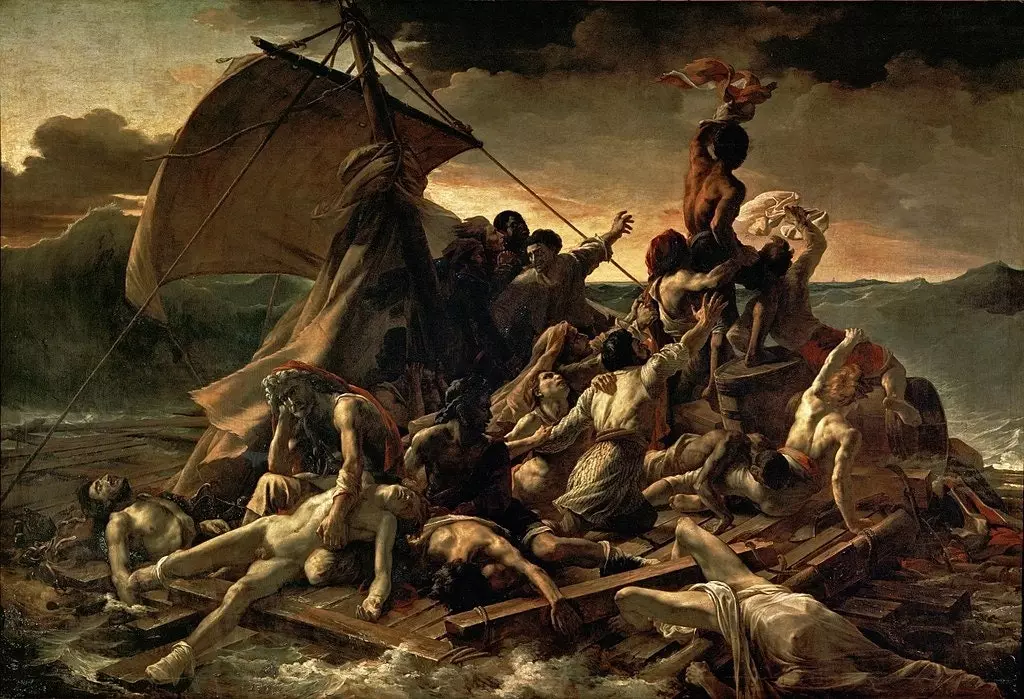
'The Raft of the Medusa', Géricault
All this has been nothing but representations, more or less successful, of the black subject from the point of view of the white. Because the notion of genius was built to measure for the white man for almost the entire history of Western art. So, just as it was almost unthinkable that there would be women artists (and there were despite everything, but in low proportion and often invisible), it was inconceivable that people of a race other than white would put themselves at the controls of artistic creation.
It usually stands out Robert S Duncanson (1821-1872), a descendant of freed slaves, as one of the first relevant African-American artists: he specialized in landscapes along the lines of Hudson River School . Later would come others like Edmonia Lewis or Henry Ossawa Tanner , who moved to Paris and came to exhibit at the Salon, thereby obtaining the legitimacy granted by the recognition of the Academy. your painting 'The Banjo Lesson' (1893) It is important because, despite the appearance of a costumbrista scene (an old man who teaches his grandson to play a musical instrument), the non-topical treatment it deactivated the codes and values under which black people used to be represented, related to fun and laziness.
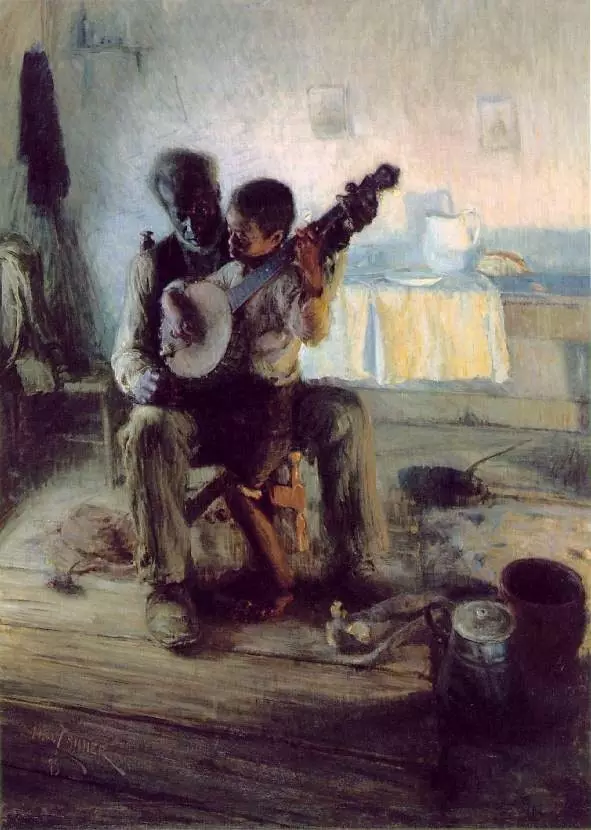
'The Banjo Lesson', Henry Ossawa Tanner
In the twenties of the last century, in New York, the so-called harlem renaissance made known a group of writers, musicians and also plastic artists who would be vindicated when it became urgent draw a historiography of black art . Thus, the names of the sculpture may not sound familiar to us augusta savage or the painters Hale Woodruff and Aaron Douglas , whose work broke new ground. It is also not very well known in Europe. AfricCOBRA , a collective of artists that was formed in Chicago in 1968, associated with the Black Arts Movement and to civil rights movement . But all of them are fundamental to understand this historical line.
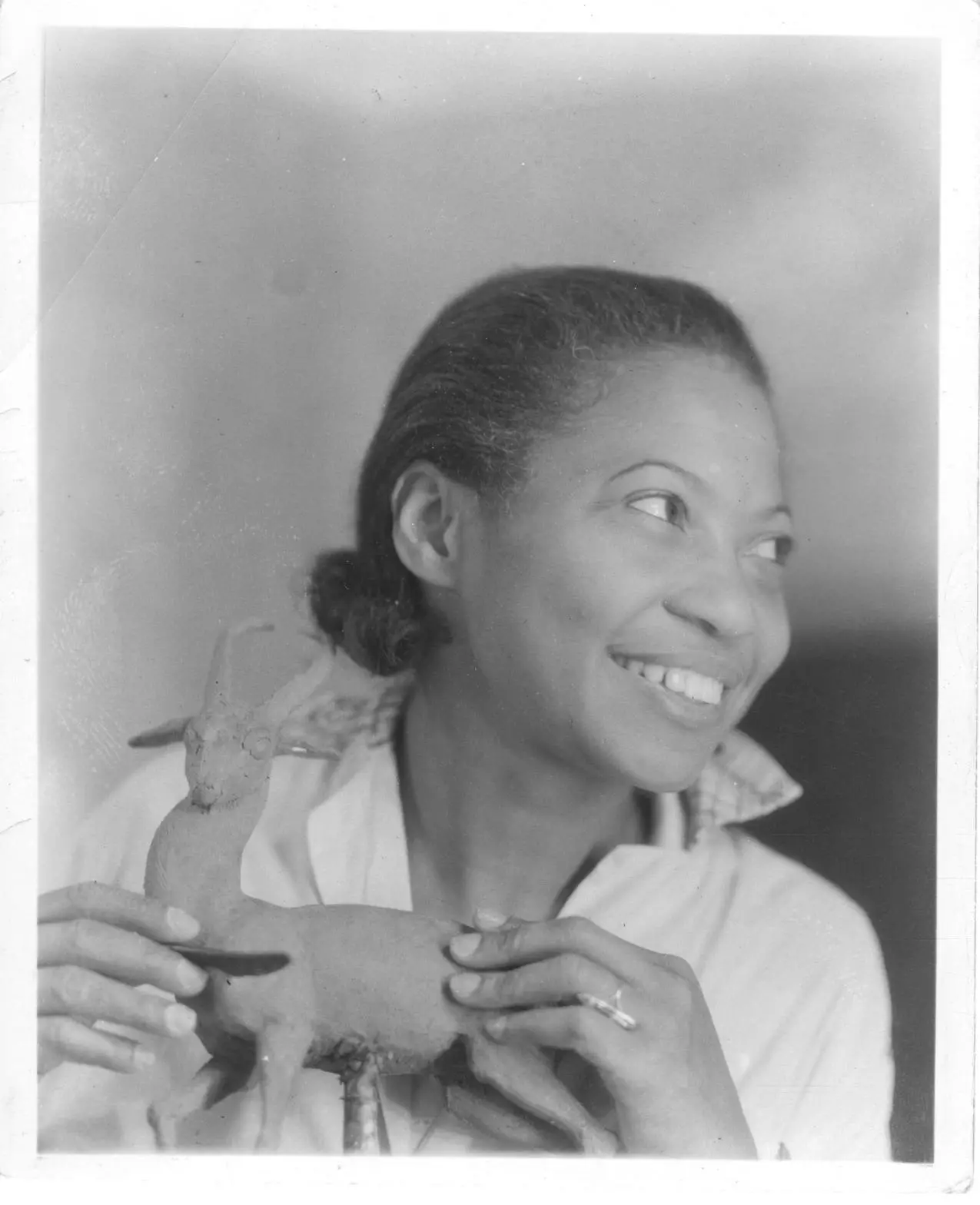
augusta savage
So, as we see, it took a long way to get to Basquiat , an African-American artist who managed to make a place for himself in the elite of international creation . Her case, however, is representative of certain widespread prejudices. She comes from a middle-class family with artistic and cultural interests-although she will soon abandon it to live in the street bohemia like so many others of her generation-, she has always surrounded him with a certain aura of "savage artist" despite the exquisite ways she wore.
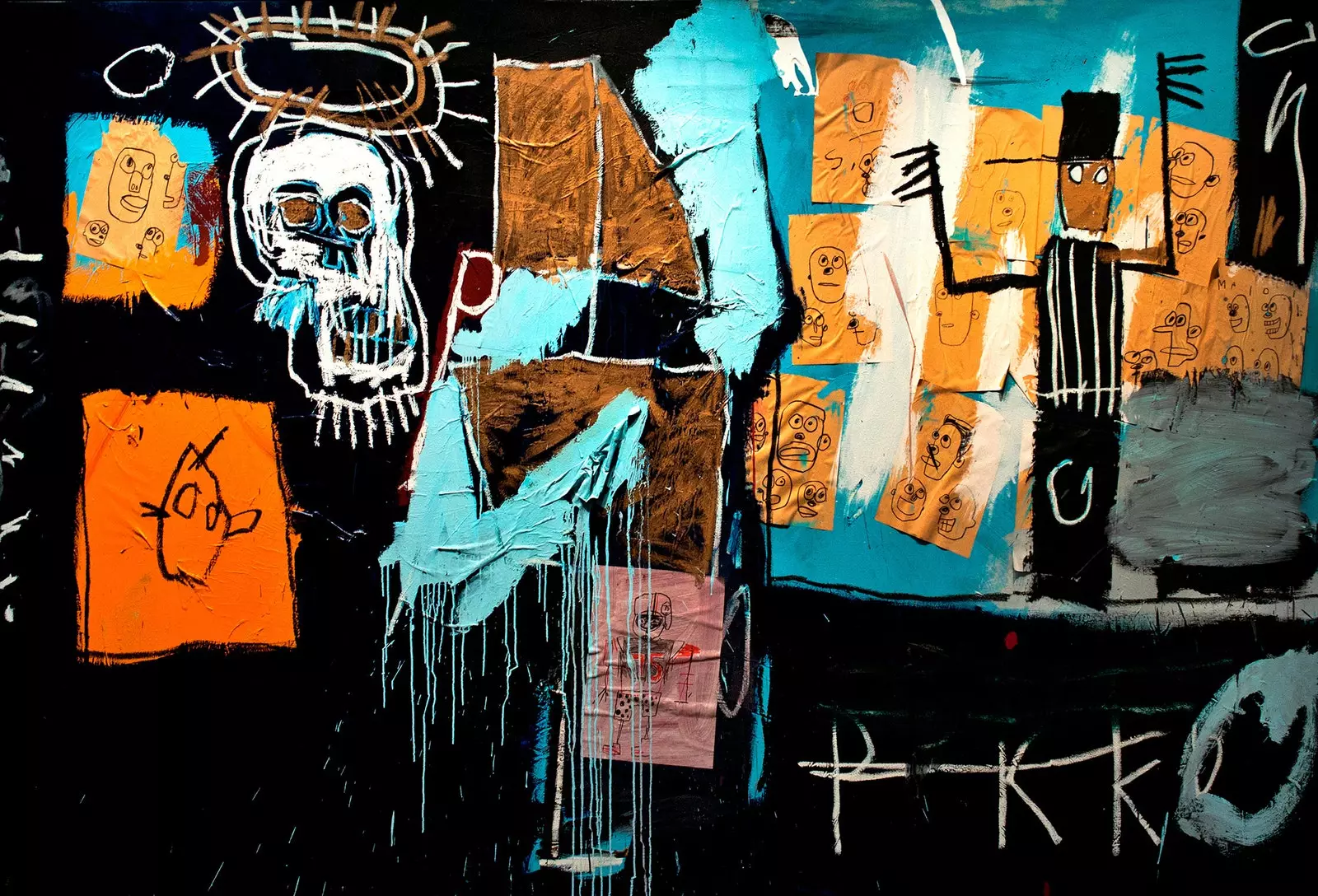
'Slave Action', Basquiat
He succeeded at a very young age, and worked fully integrated into the mainstream of contemporary art galleries and museums before his untimely end. And through his self portraits he vindicated himself as an individual and an artist , reflecting his anxieties and aspirations, but also he presented himself as the result of certain roots . Aware of being divided between two worlds, the tension derived from that crack was always present in his work.
As it is in all areas of our society.

What we learn about racial conflict from the Dutch masters to Basquiat's self-portraits
